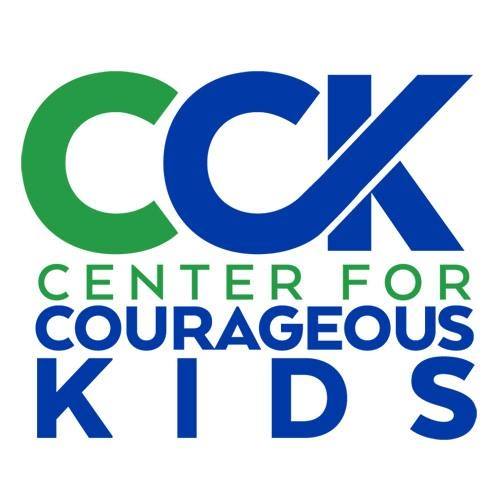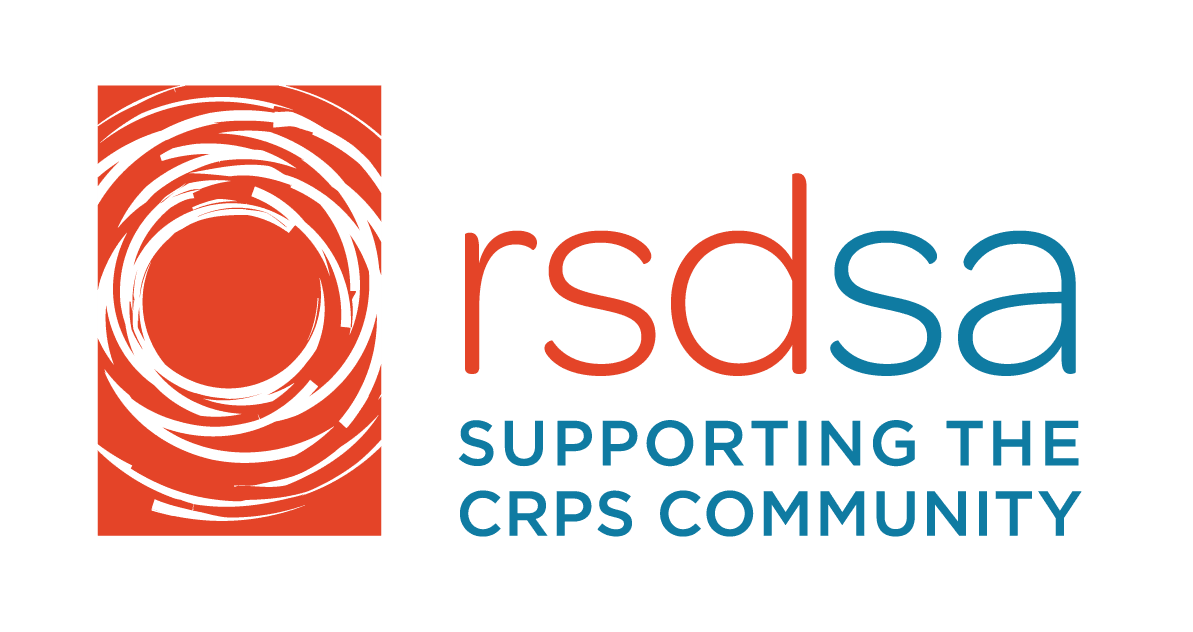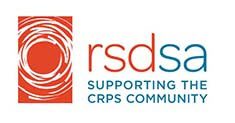Written by Idamarie Scimeca Duffy for the RSDSA blog
Determination, hard work, a loving and supportive family and yes, even an insurance company that was willing to listen, has given one patient with RSD endless opportunities for healing.
My RSD was diagnosed in July 1990, six years after having a heavy metal door crush my foot at work. The only hope I was offered was a surgical procedure to possibly relieve 15-20% of the pain so I could continue working. In January 1992 I had a Right Lumbar Sympathectomy. I have been out of work and disabled ever since. In November 1992 I was confined to a wheelchair.
RSD has dramatically changed my life and lifestyle. I recently turned 60 and has always been a “workaholic” and active both socially and physically. I was extremely weight conscious, took good care of my body, and ate all the right things. A room of our house was strictly my exercise room, with a Nordic Track ™, a professional automatic elevating treadmill, a stair-stepper, stationary bike, slant board, mini trampoline, waist twister, light weights, and other tools. My husband and I would walk 3 miles, 4-5 days a week. During the summer I would swim 1-2 miles, 3 to 4 times a week. I was also an avid tennis and golf player.
Initially with RSD, my foot was turned in and over so badly it would drag on the extreme outer side and I would fall without assistance. I could only wear the lightest of shoes with absolutely no heel. After being in a wheelchair for eight years my entire body atrophied.
Since our house in NJ was not wheelchair accessible, and we could not make it reasonably so, in November 1997 we moved to Delaware. We had a small ranch house built that is totally accessible.
Although I could not swim the way I used to, I noticed that in warm water the intensity of the pain decreased. I stayed in the pool about one hour, doing non-weight bearing exercises with a light flotation device around my waist. Then I tried to swim with the left side of my body, working up to a quarter mile “free-styling.” I felt good, however, during winter the public pool water was never warm enough. When my aide helped me out of the pool all my limbs would be curled up so badly she had to wrap towels around me to get them warm.
My neurologist, Dr. Robert Knobler, The Knobler Institute of Neurologic Disease, Fort Washington, Pennsylvania, insisted I find a pool with water warmer than 90 degrees. Ultimately, we discovered the Endless Pool™. The pool is 14 feet by seven feet, and the standard depth is four feet, although that can be adjusted to particular needs. You can control the temperature and the flow of the water, and the pool also comes with therapeutic jets and other options.
In the pool, my muscles loosened in the warmth, the intensity of my pain decreased and the feeling stayed for a while once I was out of the pool. An added bonus was the warm water relaxed me. This was all great but we could not afford to buy the pool and the addition to the house it required.
My condition kept getting worse–my right hand and arm were becoming deformed and unusable (my hand now turned in and all fingers were clasped) and required surgery as did my bracial plexus, radial, medial and ulnar nerves. I was sent for physical therapy but Dr. Knobler still felt I needed to be in a pool of warm water. Since the sympathectomy I could not sit in a tub so a hot tub wouldn’t work.
In late 1998 I decided to have a discussion with the powers that be at the insurance company to see if they could help. One man said, “Mrs. Duffy, I have to tell you that if something happens to your husband we will have to place you in a nursing home. Since we are a workers’ comp insurance carrier we do not put a lot of money into nursing homes.” That did it for me. When I got off the phone I told my husband that by the time I turn 60 I would out of this wheelchair. I was 58 at the time.
Dr. Knobler sent me to a Rehab Specialist, Dr. Stanley Jacobs, Jefferson Hospital, Philadelphia, who suggested a custom made foot orthotic device that would slowly try to wedge out the inversion by using spring loaded tension. Dr. Jacobs began to set things in motion to order such equipment.
At this point (March 1999) the insurance company sent me for an independent medical exam. The physician stated that my prognosis for full recovery was poor. She did not feel the splints would work and suggested I have a baclofen or morphine pump implanted. She also said that since I was experienced and highly motivated with physical therapy that the use of an “endless therapeutic pool” at home would be a most appropriate treatment modality.
Because of this physician’s honesty, my husband and I told the insurance company I would prefer not to have an implant and would prefer the pool. The insurance company agreed to pay for the pool. My husband and I were again fortunate enough to get to the proper authorities and received a no interest mortgage through HUD for the addition to the house.
I have always believed you are what you eat and ate nourishing foods; so to further help my body I started a regimen of nutritional supplements to replace some of my medications. With the help of my psychiatrist, Dr. Edward Tobe, Marlton, New Jersey, I slowly began the transition from heavy medications to nutritional supplements when I could. Of course, I informed all doctors concerned with my healthcare whenever I started a new supplement. However, this winter I had a few setbacks and pain exacerbations and had to add a particular narcotic substance. I continue to take some antispasmodic medications, antidepressants, Neurontin® and a few other non-sedating meds.
While waiting for the pool installation Dr. Jacobs began working with me. He devised a device with a sneaker. He had a four-inch metal bar placed on the right side of an old right sneaker with a removable metal weight on the left side instep of the sneaker. I put this sneaker on four to five times daily and gently pressed the metal bar against the foot pad of the wheelchair 12-15 times for each set.
My physical therapist, Robert (Bob) Catalano, P.T., M.A., Cert. M.D.T. (Director), Rehabilitation Consultants Inc., in Wilmington, Delaware who worked with me since April 1999 and Betty Rodrique, O.T.R. Rehabilitation Consultants, Inc. showed my husband how to help with some of my home program.
The pool was finally ready in September 1999 and my home program became more extensive. I exercised in the pool for an hour and a half to two hours daily. The therapeutic jets help decrease the pain and my muscles are more manipulative during that time. Dr. Jacobs and Bob showed my husband how to manipulate my foot to help gradually move the muscle.
My daily exercise routine included placing a light-weight flotation device around my waist, going into the deep section of the pool, mimicking riding a bike, and walking (alternately) for at least a half hour. I gradually added adjustable hand devices to exercise the upper part of my body. I hold onto bars at either end of the pool, let my weight drift upon the water and paddle my legs. Then I tried to swim with a low current of the water, finally getting to the point where I can swim for half an hour at a faster flow of water.
In February 2000 Dr. Osterman told me to stop with the occupational therapist since it was obvious that the warmth of the pool water had helped the upper part of my body. The brachial plexus surgery is on hold.
I gradually progressed from the motorized wheelchair to a rollator (similar to a walker but with hand brakes and a seat). A couple of months later we incorporated a special tilt-tip cane to aid stability. Because I had not driven in over 10 years, the insurance company sent me to a Driving Rehab School. We sold our van and got a car, and though I passed my driving test and had our car modified, I am still very apprehensive about driving. I feel that is a small hurdle compared to the ones I have already tackled.
I’ve learned that insurance companies will work with you if you show them you are willing to work hard towards a difficult goal. When Dr. Jacobs and Bob felt I needed strengthening and conditioning exercises for my thighs and calf muscle, the insurance company purchased a reasonably priced treadmill for home exercise.
Today I am walking with modified shoes to prevent my foot from turning in, and may experience less pain, and can now do many things that 18 months ago I could not look forward to —or hope to do. I continue to be vigilant regarding my immune system since it is still compromised and I do some form of exercise daily. To help with the pain I practice transcendental meditation and other relaxation methods. I have also found that a positive attitude, perseverance, and a state of general well-being are helpful in order to make this type of progress.
My RSD may not go away but I have learned to tolerate it and try to move on. I am no longer destined for a nursing home if something were to happen to my husband. When my husband called the insurance company a few months ago to thank them and report on my progress he was told they installed the pool because their careful investigation revealed they were convinced that I would use — not abuse — the pool and if Dr. Knobler was correct, they would actually save a lot of money (even in the short run of two years). Amazing! Yes, it narrows down to dollars and cents but it is what we all practice; putting your money where it does the most good.


 Welcome to RSDSA’s new website and blog. We’ve updated our presence on the web in order to better serve the CRPS/RSD community. The new website is very user friendly and easy to navigate. The idea is to help you quickly find the information, tools, and strategies you need to understand the diagnosis of and treatments for CRPS — and how to live well despite having this condition.
Welcome to RSDSA’s new website and blog. We’ve updated our presence on the web in order to better serve the CRPS/RSD community. The new website is very user friendly and easy to navigate. The idea is to help you quickly find the information, tools, and strategies you need to understand the diagnosis of and treatments for CRPS — and how to live well despite having this condition.